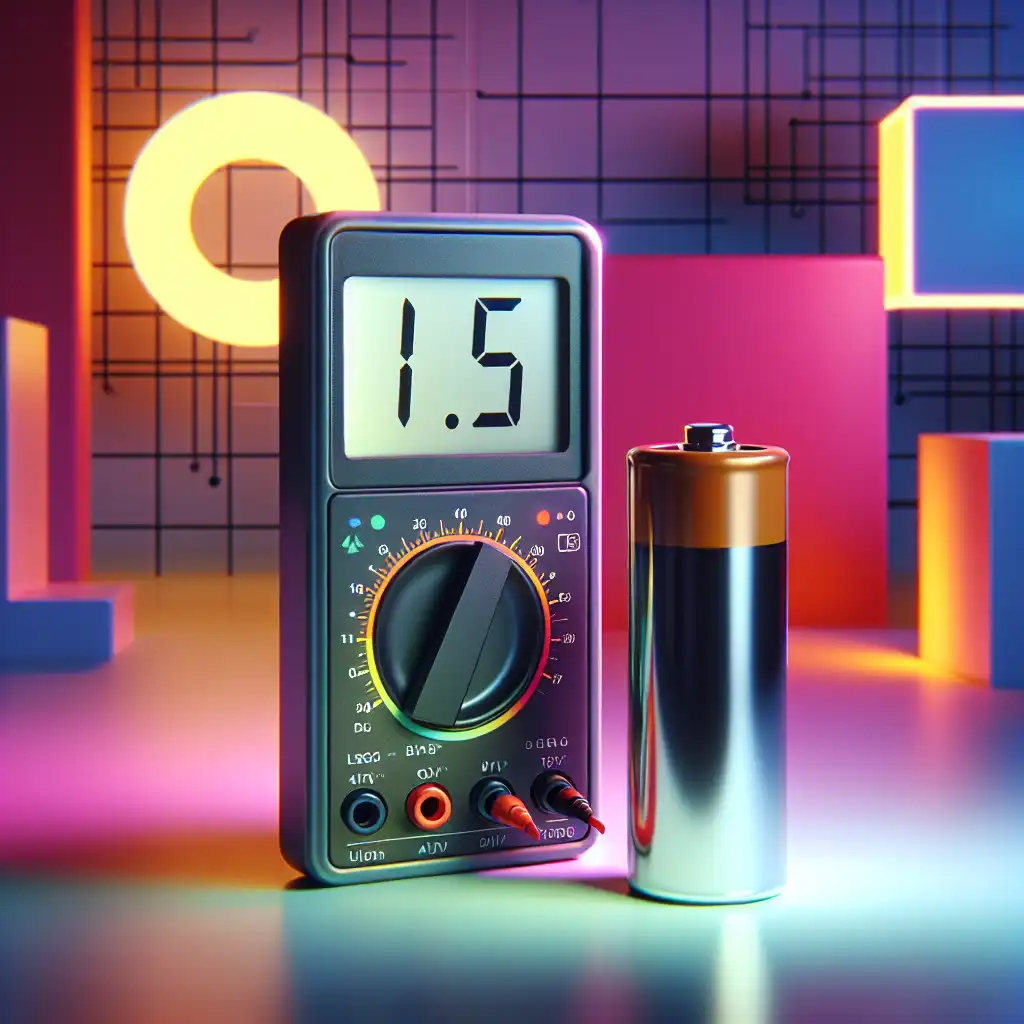
Volt
Measurement Unit
Used to measure electrical potential difference in electronics and physics.  The battery has a charge of 1.5 volts.
The battery has a charge of 1.5 volts.
Electricity Basics
One volt is the difference in electric potential between two points that will drive one ampere of current against one ohm of resistance.  To light up, this LED needs at least 2 volts.
To light up, this LED needs at least 2 volts.
Common Appliances
Household appliances typically run on 120 or 240 volts in North America, with variations in other countries.  Make sure the charger supports 240 volts before plugging it in overseas.
Make sure the charger supports 240 volts before plugging it in overseas.